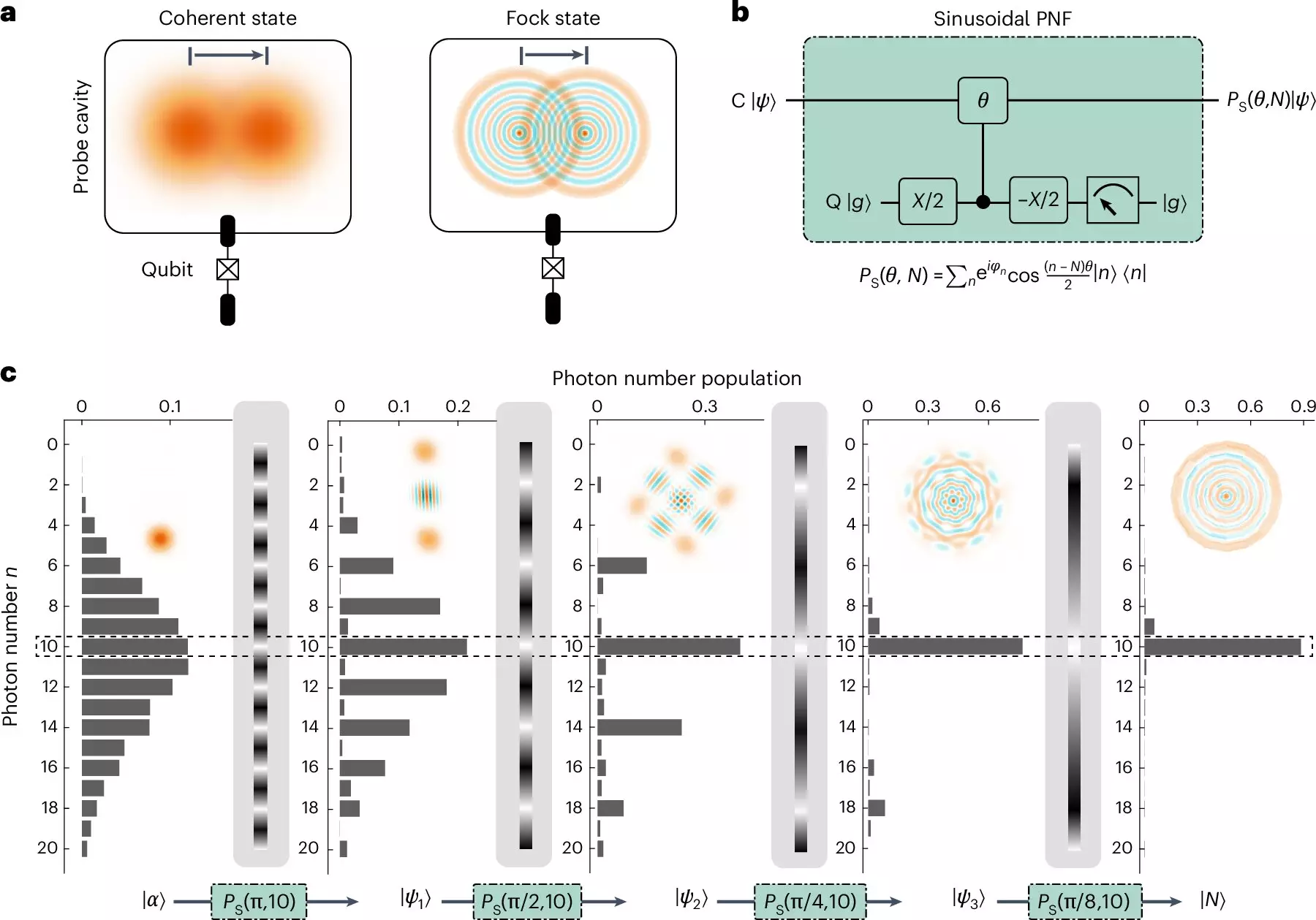Precision measurement has become a cornerstone of scientific advancement across various fields, from quantum physics to engineering. Enhanced accuracy in measurement enables researchers to unlock new phenomena and validate existing theories, facilitating breakthroughs that can transform technology and scientific understanding. As the complexities of the scientific world evolve, the need for advanced measurement techniques has become increasingly vital. The emergence of quantum-enhanced metrology techniques is a promising development that leverages the principles of quantum mechanics to achieve high precision, potentially surpassing traditional classical methodologies.
Quantum-Enhanced Metrology: A New Frontier
Recent research conducted by scientists at the International Quantum Academy, Southern University of Science and Technology, and the University of Science and Technology of China introduces innovative methods for quantum-enhanced metrology. As detailed in their publication in *Nature Physics*, the researchers focused on creating Fock states—quantum states characterized by a definite number of photons—capable of dramatically improving measurement precision. The team successfully generated Fock states with nearly 100 photons, allowing for an unprecedented level of sensitivity in measurements, particularly concerning weak microwave electromagnetic fields.
Yuan Xu, a co-author of the study, highlighted the significance of microwave Fock states within superconducting cavities. These states exhibit intricate interference characteristics in phase space, enabling high-precision detection of minor displacements induced by weak electromagnetic signals. The crux of this advancement lies in the relationship between photon count and measurement precision; as the number of photons in a Fock state increases, the resolution of the resulting interference pattern improves, yielding more accurate measurement outcomes.
To realize this significant leap in measurement accuracy, Xu and his team devised a novel method combining two unique types of photon number filters (PNF): sinusoidal and Gaussian. This innovative approach capitalizes on the properties of an ancilla qubit, a quantum bit assisting in the measurement process, which is coupled to the cavity housing the Fock states.
The sinusoidal PNF utilizes a conditional rotation integrated into a Ramsey-type sequence to selectively filter specific photon states based on the ancilla qubit’s condition. This granular filtering process allows the researchers to create a tailored photon number distribution. In contrast, the Gaussian PNF relies on a qubit flip pulse enveloped in a Gaussian distribution, concentrating on a specific Fock state range. The synergy of these two filters significantly enhances the efficiency of large Fock state creation.
Xu emphasized the advantages of their method, outlining its ability to produce large Fock states with a logarithmic scaling in circuit depth. This efficiency represents an improvement over previous methods that necessitated polynomial scaling, making it a more practical solution for generating states with high photon numbers, which is critical for enhancing measurement precision.
The techniques developed by Xu and his colleagues mark a significant milestone in quantum metrology, providing a pathway for the practical application of quantum principles to enhance measurement capabilities. Initial tests of their approach demonstrate a metrological gain of 14.8 dB, successfully approaching the Heisenberg limit of measurement precision. Such advancements open doors to a plethora of potential applications that require ultra-sensitive measurement methods.
The implications of this research extend beyond theoretical exploration; they are poised to influence fields ranging from high-precision radiometry and weak force detection to endeavors like dark matter search experiments. The ability to achieve high-precision measurements may lead to exciting discoveries and insights across multiple scientific domains, laying groundwork for future explorations.
Looking ahead, the research team aims to refine their findings further, emphasizing the improvement of coherence performance within quantum systems. Their goal is to develop advanced techniques for generating Fock states with even higher photon counts, thereby maximizing metrological gain. This ongoing commitment to innovation is crucial for maintaining the momentum of scientific progress, and it reflects a broader trend in quantum research where teams continually seek to push the boundaries of what is possible.
The work of Xu and his team represents a significant advancement in the pursuit of high-precision quantum measurements. Their novel techniques not only enhance our understanding of quantum mechanics but also lay the groundwork for transformative applications across various fields, promising a future rich with scientific discovery and technological advancement. As we continue to explore the vast potential of quantum-enhanced metrology, it is evident that the precision measurement landscape is on the verge of a revolution that will redefine our scientific capabilities.


Leave a Reply